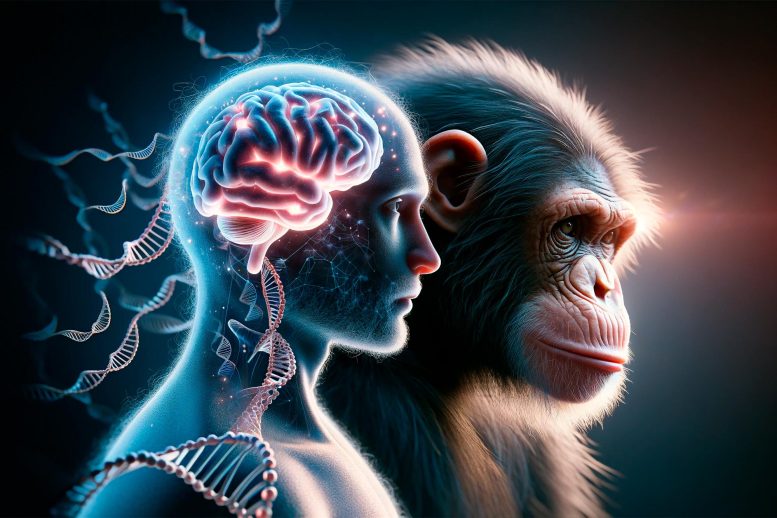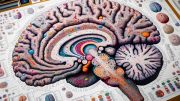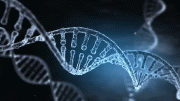
Researchers at the University of Toronto have discovered over 100 genes that uniquely evolved in the human brain, providing insight into our cognitive abilities. This study, using single-cell analysis, contributes to the Human Cell Atlas and offers new perspectives on brain evolution and associated disorders.
The researchers found 139 genes that are common across the primate groups but highly divergent in their expression in human brains.
An international team led by researchers at the University of Toronto has uncovered over 100 genes that are common to primate brains but have undergone evolutionary divergence only in humans – and which could be a source of our unique cognitive ability.
The researchers, led by Associate Professor Jesse Gillis from the Donnelly Centre for Cellular and Biomolecular Research and the Department of Physiology at U of T’s Temerty Faculty of Medicine, found the genes are expressed differently in the brains of humans compared to four of our relatives – chimpanzees, gorillas, macaques, and marmosets.
The findings, published in Nature Ecology & Evolution, suggest that reduced selective pressure, or tolerance to loss-of-function mutations, may have allowed the genes to take on higher-level cognitive capacity. The study is part of the Human Cell Atlas, a global initiative to map all human cells to better understand health and disease.
Comparative Study of Primate Brains
“This research contributes to our understanding of differences in the brain between humans and other primates at the cellular level, but it has also resulted in a database that can be used to further characterize genetic similarities and differences across primates,” said Gillis.
The team, which includes researchers from Cold Spring Harbour Laboratory and the Allen Institute for Brain Science in the U.S, created a brain map for each primate species based on single-cell analysis, a relatively new technique that enables more specific genetic sequencing than standard methods. They used a BRAIN Initiative Cell Census Network (BICCN) dataset created from samples taken from the middle temporal gyrus of the brain.
Insights into Cognitive Evolution
In all, the team found 139 genes that are common across the primate groups but highly divergent in their expression in human brains. These genes displayed a stronger ability to withstand mutations without impacting their function, suggesting they may have evolved under more relaxed selective pressure.
“The genes that have diverged in humans must be tolerant to change,” said Hamsini Suresh, first author on the study and a research associate at the Donnelly Centre. “This manifests as tolerance to loss-of-function mutations, and seems to allow for rapid evolutionary change in the human brain.”
Our higher cognitive function may have resulted from the adaptive evolution of human brain cells to a multitude of less threatening mutations over time. It’s also worth noting that around a quarter of the human-divergent genes identified in the study are associated with various brain disorders.
Brain Cell Types and Gene Expression
The divergent genes the researchers identified are found in 57 brain cell types, grouped by inhibitory neurons, excitatory neurons, and non-neurons. A quarter of the genes were only expressed differently in neuronal cells, also known as grey matter, and half were only expressed differently in glial cells, which are white matter.
Grey matter in the brain consists of neurons, while white matter consists of other cell types, including those responsible for vasculature and immune function.
Expanding the Human Cell Atlas
This study is part of the BICCN initiative to identify and catalog the diverse cell types in the brains of humans and other species. In 2021, the consortium published a comprehensive census of cell types in the mouse, monkey, and human primary motor cortex in the journal Nature. The initiative is shedding light on the evolution of the brain by studying neurotransmission and communication at the finest resolution.
Evolutionary and Disease Studies
“There are around 570,000 cells in the cross-primate single cell atlas of the middle temporal gyrus,” said Suresh. “Defining a catalog of shared cell types in this area of the brain provides a framework for exploring the conservation and divergence of cellular architecture across primate evolution. We can use the resulting information to study evolution and disease in a more targeted manner.”
Reference: “Comparative single-cell transcriptomic analysis of primate brains highlights human-specific regulatory evolution” by Hamsini Suresh, Megan Crow, Nikolas Jorstad, Rebecca Hodge, Ed Lein, Alexander Dobin, Trygve Bakken and Jesse Gillis, 4 September 2023, Nature Ecology & Evolution.
DOI: 10.1038/s41559-023-02186-7
This research was supported by the U.S. National Institutes of Health and the U.S. National Alliance for Research on Schizophrenia and Depression.









LOL, you humans really are full of your selves; still doing wars and genocide, and somehow you all think that you all are somehow better than a dumb animal? Please! Take a reality check on yourselves.
Chicken do make sounds. So, Better use of Vocal chords than in mostly silent Rhesus Monkeys. Take 1000 just laid chicken eggs and introduce these 100 genes(of course, 1 at a time per each egg). In 21 days, we will find out the result of this preliminary research.
It did not mention orangutans and bonabos as our relatives?
Those genes are expressed differently O.K. So, next step will be to make them express in Rhesus Monkeys as in humans. But, How? will be for future steps. Don’t use Chimpanzee, because it already removed the face of a lady a few years ago. A new face was put back on her after 11 very long years after another operation?
The term “non-speaking”/mute is used to describe individuals who are unable to communicate verbally but are intelligent and capable of expressing themselves through other means, such as sign language, writing, or assistive communication devices.